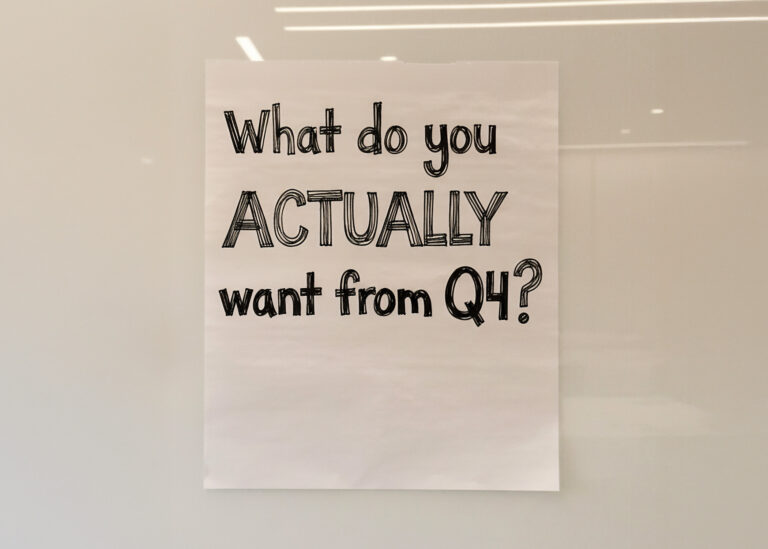One of the most overlooked breakdowns I see inside companies—especially growing ones—is a complete lack of shared definitions. Teams I talk to are using the same words, but they often don’t mean the same things. And then everyone gets frustrated when decisions stall, feelings get hurt, or misalignment spreads like wildfire.
Example:
One team says they need more “openness” to a new idea they’re proposing. Another team thinks they’re already being open.
Cue tension. Cue silence. Cue politics.
But the problem isn’t people not doing their jobs or creating unnecessary drama.
The problem is that nobody ever agreed on what “openness” means for their company.
Your Team Needs A Common Language
I worked with a company recently that had great people, strong products, and leaders who cared deeply. But behind the scenes, departments were battling. Each team had their own “name”, was using different systems, different phrases, and different “norms” about how things got done.
Instead of having real conversations, team members were protecting their own turf. It was their team against everyone else – never mind that they all worked for the same organization, and in some cases, the same clients! They didn’t even realize they were creating silos, doubling the work, and draining resources. When those silos formed, everything broke down:
Internal collaboration tanked
Clients start noticing the gaps
Revenue took a hit
Team morale suffered
And nobody quite knew what caused it.
It wasn’t just a strategy problem. It was a language problem. They were so focused on better their team, that they forgot about the organization as a whole and working together for the common goals.
Or Default to Dysfunction
Common language isn’t about controlling your team’s every word. It’s about getting on the same page so you move faster, with more clarity.
It’s also how you turn big, abstract values—like “honesty” or “real communication”—into something your team can actually live and measure.
When we skip this step, we let confusion and lowest-common-denominator behavior set the tone.
And that’s not leadership.
So here’s my challenge to you:
Have you actively defined a common language in your organization—
or have you left it to an unhealthy and unproductive default?
Let’s Get You Aligned
If you’re seeing your team or organization in these examples, it’s time to take action.
I’ll meet with you and your leadership team for a free 60 Minute Meeting to help you start creating a common communication language inside your organization.
Email me to schedule: Grace@KnowHonesty.com. Because it’s not just about the words—it’s about what they unlock.






